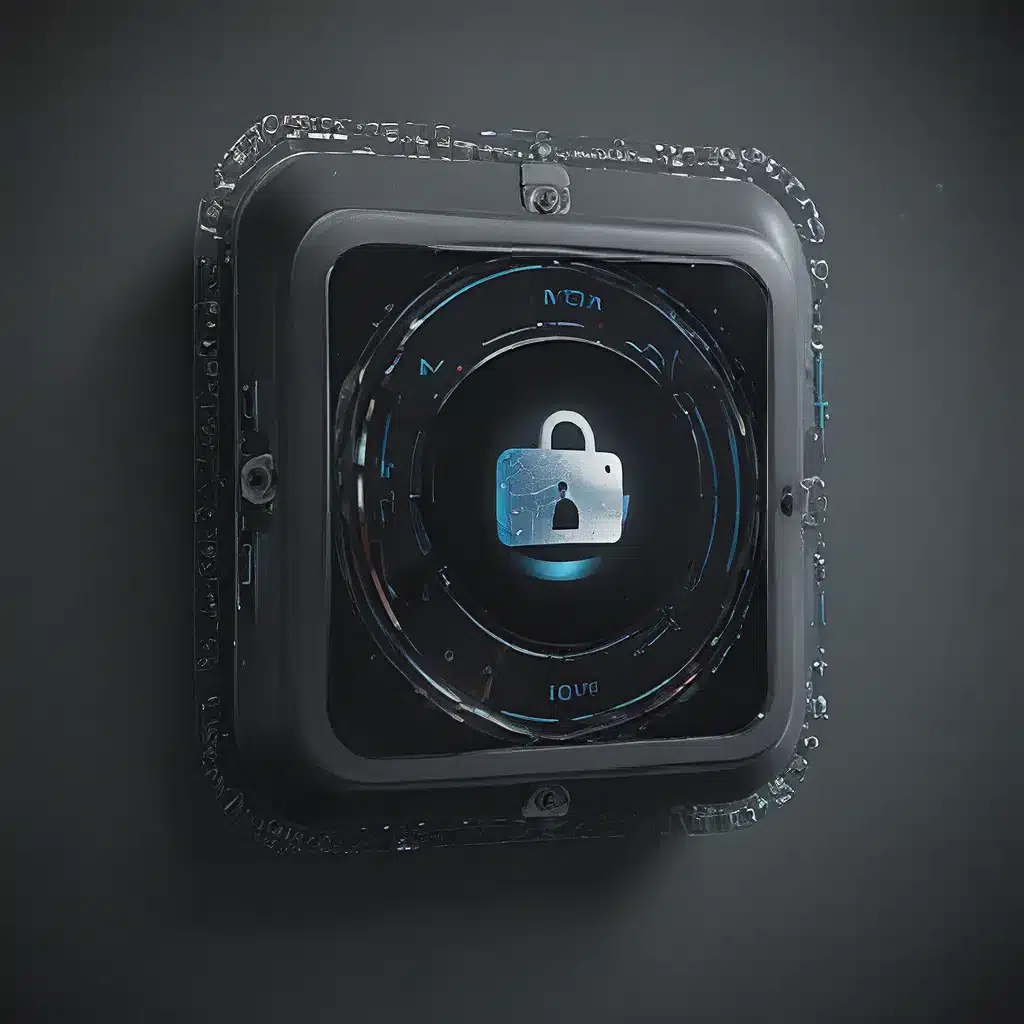Beware The Internet of Trouble
It’s a brave new world out there, friends. The Internet of Things (IoT) has infiltrated our lives, promising convenience and connectivity like never before. Smart doorbells, security cameras, light bulbs – you name it, they’re all “smart” and “connected.” But as it turns out, that connectivity comes at a price. These IoT devices are riddled with security flaws that could leave your private information exposed and your home vulnerable to malicious attacks. Yikes!
Think about it – your trusty smart doorbell is essentially a little computer, complete with its own operating system and internet connection. And just like your laptop or smartphone, it can be hacked. Researchers have uncovered all sorts of juicy vulnerabilities, from easily guessed default passwords to unencrypted data transmission. [1] Imagine a hacker taking control of your doorbell camera and livestreaming your every move. Or worse, using it as a gateway to infiltrate your entire home network. It’s enough to make your skin crawl, isn’t it?
The Shocking Truth About IoT Security
Now, I know what you’re thinking – “But these devices are sold in major retail stores, they must be safe, right?” Wrong, my friend. Turns out those big-name brands aren’t exactly prioritizing security. [2] In fact, a recent study found that over 80% of IoT devices on the market have known vulnerabilities that could be exploited by cybercriminals. [3]
Let that sink in for a moment. Four out of every five IoT gadgets you can buy are essentially ticking time bombs, just waiting to be set off by some hacker with a bone to pick. And it’s not just a few isolated incidents – researchers have uncovered a slew of security flaws across a wide range of popular IoT devices, from smart doorbells and security cameras to lightbulbs and power outlets. [4]
The kicker? Many of these vulnerabilities are the result of sloppy coding, default passwords, and a general lack of security awareness on the part of manufacturers. They’re so focused on cramming in the latest “smart” features that they completely neglect the basics of cybersecurity. [3] It’s like they’re handing hackers the keys to your digital castle on a silver platter.
Securing Your Smart Home (Or Trying To)
Now, I know what you’re thinking – “But I need these IoT gadgets to make my life easier! How am I supposed to stay safe?” Fear not, my tech-savvy friend, there are steps you can take to protect yourself and your home.
First and foremost, be a skeptical consumer. When you’re shopping for IoT devices, don’t just look at the shiny features – dig into the security credentials. Check for things like encryption, two-factor authentication, and regular firmware updates. [5] If a device seems too good to be true, it just might be – and that’s not a risk worth taking.
Next, take control of your network. Make sure your Wi-Fi router is up-to-date and secured with a strong password. Consider using a virtual private network (VPN) to encrypt your internet traffic and limit the exposure of your IoT devices. [6] And for goodness sake, change those default passwords! Hackers have a field day with those.
Finally, stay vigilant and keep an eye out for any suspicious activity. Monitor your devices closely, and be on the lookout for strange behavior or unexpected software updates. If something seems off, don’t hesitate to take action – unplug that device, change your passwords, and maybe even consider a complete network reset. [7]
Reclaiming Your Digital Sanctuary
I know, I know – it all sounds like a lot of work, doesn’t it? But trust me, the alternative is far worse. With IoT devices becoming more ubiquitous by the day, the threat of cybercrime is only going to continue to grow. And the last thing you want is for your smart home to become a smart prison, controlled by some nefarious hacker halfway across the world.
So take a deep breath, put on your cybersecurity hat, and take back control of your digital sanctuary. Because in this brave new world of interconnected gadgets, the only way to stay safe is to stay one step ahead of the bad guys. And who knows – you might even have a little fun in the process. After all, what’s a little digital espionage between friends?
[1] https://cyberscoop.com/geeni-merkury-smart-doorbells-cameras-flaws-research/
[2] https://threatpost.com/researchers-allege-systemic-privacy-security-flaws-in-popular-iot-devices/141244/
[3] https://www.darkreading.com/ics-ot-security/ev-charging-stations-still-riddled-with-cybersecurity-vulnerabilities
[4] https://forum.bambulab.com/t/open-letter-to-bambu-lab-about-supporting-user-wants-and-needs/58681?page=2
[5] https://www.reddit.com/r/technology/comments/17had83/the_smart_home_tech_inside_your_home_is_less/
[6] https://www.wired.com/story/ripple20-iot-vulnerabilities/
[7] https://www.avast.com/c-wep-vs-wpa-or-wpa2













